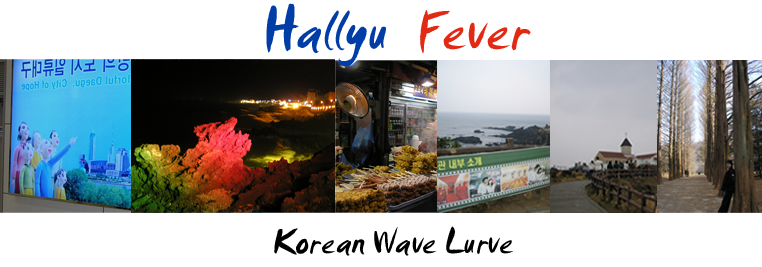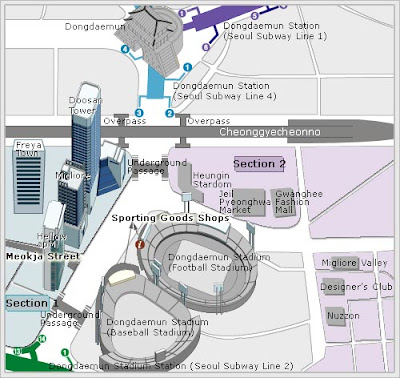I am not a heavy drinker but when it comes to my favorite wines, Maesilju and Bokbunjaju , they are just simply irresistible! Talking about Korean wine, there are six varieties of Korean alcoholic drinks:
Yakju, literally means medicinal alcohol, is a refined rice wine made from steamed rice that has gone through several fermentation stages.
Cheongju, literally means clear wine, is a clear rice wine familiar to Japanese sake.
Distilled liquors. Korean distilled liquors include Goryangju made from sorghum, while Okroju made from rice and Munbaeju, a traditional aged distilled liquor made of malted millet, sorghum, wheat, rice and nuruk (fermentation starter). It's believed to be originated from Pyongyang region, with a strength of 40% alcohol and noted for its fragrance.
Soju, a clear and slightly sweet distilled spirit. It's the most popular one and also well-known as Korean liquor. It's made from grain or sweet potatoes and generally inexpensive. Soju from Andong is famous as the the best soju in Korea and priced as much as 20 times more expensive than ordinary soju.
Takju or better known as Makgeolli is a milky, off-white, sweet alcoholic beverage made from rice.
Fruit wine, it's produced by combining fruits or berries with alcohol. The most popular fruit wines are Maesilju (made from maesil or plum), Bokbunjaju (madef from bokbunja or blackraspberry). These two are my favorite ones.
Flower wine, some made from chrysanthemum, peach blossom, acacia and wild rose.
Yagyongju or medical wine made by combining medicinal seeds, herb, and roots with alcohol, such as:
- Insamju, made with ginseng and is the most popular medicinal wine among older people.
- Dosoju, is a popuarl herbal wine and traditionally served on New Year's Day.
- Songsunju, is a soju made with glutinous rice and soft, immature pine cones.
- Jugyeopcheongju, is a traditional liquor made with bamboo leaves.
- Chuseongju, is a traditional wine made from glutinous and non-glutinous rice and herbs.
My Maesilju (Plum wine) from Bohae brewery
This Bokbunjaju is claimed to be the world's best by
Bohae brewery company. This enchanting purplish color wine won the silver medal at 2005 Dallas Morning News International Wine Competition.

































